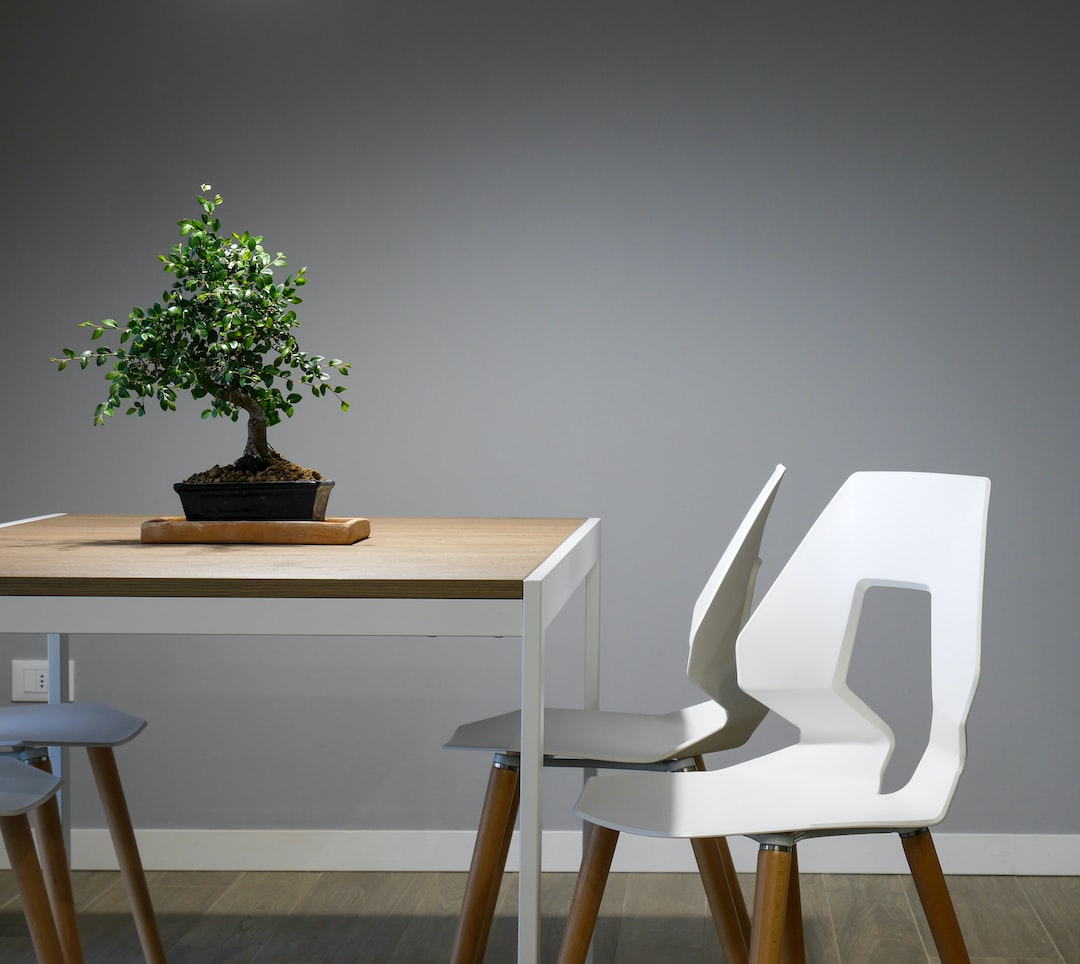Are you interested in a hobby that gets you outside and connecting with nature but does not want to worry about the hassles of a larger plant? A Bonsai tree might be the right choice for you.
A surprising number of people are, making it a popular item to buy during the holiday season. While every Bonsai tree is different, some guidelines can make caring for your tree more manageable.
Want to learn more? Keep reading for some tips on caring for a bonsai tree!
1. Establishing a Pruning and Trimming Plan
Begin by trimming off any vigorous and unattractive branches for bonsai tree care. This will help shape and balance the tree. Then, use concave cutters to remove any rough or dead bark. This will allow the tree to heal. Lastly, use wires to control branches, directing them towards the desired shape or away from other branches.
Remember to prune or trim whenever necessary; pruning or trimming too much or too little can damage the bonsai tree. Establish an efficient pruning technique Hand trimming plan to maintain the health and beauty of your bonsai tree.
2. Understanding its Sunlight Requirements
Generally, many bonsai trees prefer areas with several hours of direct sunlight daily. It is also essential to pay attention to the intensity of the sunlight.
If you notice your tree is getting direct sunlight all day, you may want to consider creating a little shade for it by providing it with a light screening. This could be a piece of cloth or a light curtain.
Rotating your tree once every two weeks is essential to ensure even exposure to light. Keep an eye on the temperature, as intense exposure to heat and cold can affect the health of your bonsai tree.
3. Applying Appropriate Fertilizers
Choose a fertilizer designed explicitly for bonsai trees, such as an organic type. Read the instructions carefully, as some bonsai species require different fertilizers and application recommendations.
Apply the best bonsai fertilizer biweekly and find the instructions on the label. During spring and summer, fertilizer can be applied more frequently, while in fall and winter, it should be applied less often.
Avoid applying too much, which can burn the roots. If you choose a liquid fertilizer, dilute it to one-half or one-quarter of the recommended strength before applying it.
4. Maintaining Balanced Water Levels
You should water your bonsai tree at the first sign of dryness, usually when the soil has become lighter in color. Checking the potting mix is a helpful tip for determining when to water.
When it has dried a wall of evaporated water three cm below the surface of the soil, this indicates it is time to water. Water your bonsai with lukewarm water directly onto the soil every 2-3 days or when the soil begins to appear dry.
5. Choose the Right Soil
Avoid overly heavy soil, such as clay-based soil, as it lacks drainage for bonsai trees. It’s also essential to find soil that is pH balanced.
A soil mixture of equal parts akadama, pumice, and lava rock is best for bonsai trees, as it can provide the necessary nutrients, moisture, and drainage. You can also purchase premixed bonsai soil designed explicitly for bonsai.
Effective Bonsai Tree Care
Overall, caring for a bonsai can be enjoyable and rewarding. Be sure to research the species and its requirements, as every bonsai tree is unique.
With proper maintenance, your bonsai can last many years if you are ready to start your bonsai journey!
Be sure to browse our site for more advice on various topics.







